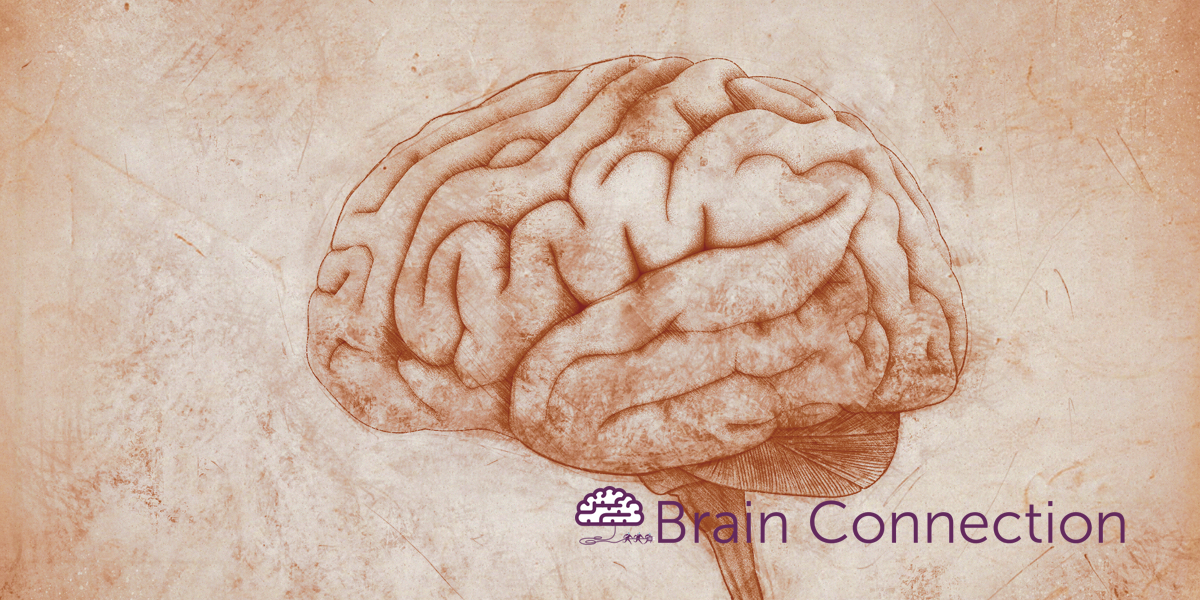The brain is the center of intelligence and reason, but humans have taken a long time to use theirs to figure out that important fact. Early cultures had ideas about how the mind and body worked-and developed myths to explain them-but for thousands of years, the brain was ignored.
That changed around 1700 BC when an ancient Egyptian writer used a papyrus scroll to record the medical information of 48 individuals suffering from serious injuries. The first known reference to the brain occurs on this papyrus in case number six, a person with a skull fracture:
“If thou examinest a man having a gaping wound in his head, penetrating to the bone, smashing his skull, and rending open the brain of his skull, thou shouldst palpate his wound. Shouldst thou find that smash which is in his skull [like] those corrugations which form in molten copper, (and) something therein throbbing (and) fluttering under thy fingers . . . (and) he discharges blood from both nostrils, (and) he suffers with stiffness in his neck.”
Each case also offers one of three diagnoses: “An ailment that I will treat,” “an ailment that I will try to treat,” or “an ailment that I will not treat.” Given the severity of case number six’s injury-and the fact that yeast, honey, and other natural compounds were the only available medicines-it should come as no surprise that the ancient doctor’s recommendation was “an ailment not to be treated.”
Edwin Smith and His Famous Papyrus
The discovery of the papyrus that tells case number six’s unfortunate story has its own long, interesting history. Edwin Smith, an American Egyptologist and antiquities dealer, purchased the papyrus from Mustapha Aga in 1862. As the British consul in Luxor, Aga often “discovered” ancient artifacts-or bought them from tomb robbers-and used his status to avoid prosecution for illegally selling antiquities.
Smith realized the papyrus contained important medical information when he bought it, but since the text was written in hieratic-a more informal, everyday version of hieroglyphics that is extremely difficult to translate-he couldn’t decipher what it actually said. He kept the ancient document in his collection until he died in 1906 and willed it to his daughter, Leonora. After waiting another 14 years, Leonora donated the papyrus to the New York Historical Society. In 1920, the Society sent the papyrus to James Henry Breasted, a professor at the University of Chicago and the first American to receive a Ph.D. in Egyptology. Breasted spent 10 years working on the document and finally published a full translation in 1930.
Now referred to as the Edwin Smith surgical papyrus, the ancient text is currently housed at the New York Academy of Medicine in Manhattan.
Lessons from the Papyrus
The Edwin Smith surgical papyrus was written in 1700 BC, but experts believe it is a copy of an original text that was written even earlier in 3000 BC. The exact age and origin of the papyrus will probably never be known, but it is still a fascinating snapshot of how people thought about the brain almost 5,000 years ago.
Or it might be more accurate to say the papyrus reveals how they didn’t think about the brain, since ancient Egyptians from this period didn’t have a word for the organ. The hand, heart, and eye each had their own unique words, but the word used to indicate “brain” is made up of four glyphs: “vulture,” “reed,” “folded cloth,” and a final suffix that means “little.” The glyphs represent sounds that added up to a word that roughly translates to “skull-offal,” not exactly the most respectful name the Egyptians could have given the brain.
Despite the lowly name given to the brain, the ancient doctor who conducted the examinations in the papyrus understood that injuries to the organ in the skull could be life-threatening and cause unexpected symptoms in the rest of the body. Other cases in the text describe head injuries that affect people’s ability to speak, their ability to walk, and how well they could track objects with their eyes. Today, neurologists test many of these same abilities to determine if people are suffering from brain injuries.
The papyrus also contains the first descriptions of brain anatomy. The “corrugations which form in molten copper” that case number six describes most likely refer to the creases and ridges, called sulci and gyri in modern terminology, visible on the surface of the brain. The ancient doctor also felt “something therein throbbing (and) fluttering under” his fingers when he touched the brain, probably indicating that he could feel his patient’s pulse.
Egyptian doctors who lived nearly five millennia ago could describe the brain and had some understanding of how it functioned, but ancient Egyptian culture still largely neglected it. When pharaohs were mummified, embalmers would remove the brain with a hook inserted through the nose and discard it, while other organs-including the liver, intestines, and lungs-were carefully preserved in their own sacred canopic jars. Also, the brain is rarely mentioned in other ancient texts from Egypt.
The doctor featured in the papyrus, and ancient Egyptians as a whole, did not make the intellectual leap and argue that the brain was the center of thought, movement, and emotion. That would have to wait another 3,000 years until a Greek philosopher named Alcmaeon wrote that the brain was that source of all sensation and cognition. Still, the Edwin Smith surgical papyrus represents an important first step in our journey to understanding the brain.
References:
Gross, Charles G. Brain, Vision, Memory: Tales in the History of Neuroscience. The MIT Press: 1998
Bainbridge, David. Beyond the Zonules of Zinn: A Fantastic Journey Through Your Brain. Harvard University Press: 2008
The British Museum. http://www.britishmuseum.org/







